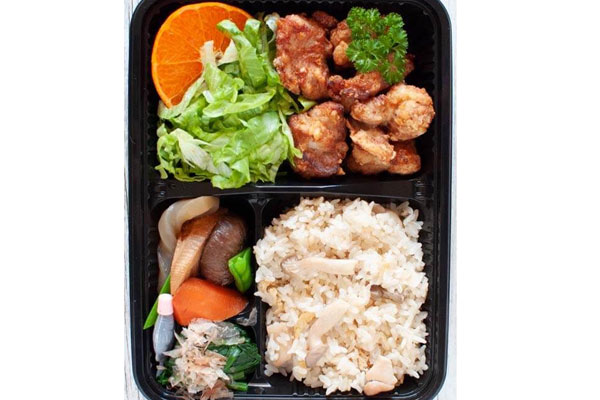Do food combinations work?

What you need to know:
- In food combining diets, foods are put in groups such as fruits, proteins, carbohydrates and starches, vegetables and fats. Some simply look at them in terms of pH, say neutral, alkaline or acidic.
Sylvia Chelangat, a nutritionist, says, food combining is the idea that certain foods pair well together, while others do not.
In food combining diets, foods are put in groups such as fruits, proteins, carbohydrates and starches, vegetables and fats. Some simply look at them in terms of pH, say neutral, alkaline or acidic.
Beliefs
Resty Kimbugwe, a nutritionist, says there are majorly two beliefs behind food combining; that different foods are digested at varying speeds so when foods with different digesting speeds are eaten together, the digestive tract will fail to digest them.
Another is that different foods need different enzymes and, thus, different pH levels to be digested.
With such foods, it is believed that the body cannot digest both at the same time.
Therefore, food combining proponents believe that if these beliefs are not adhered to, one will suffer from toxin build-up in the body, thus disease. “They will also lose out on its benefits for good health, improved digestion and even weight loss through good metabolism,” Kimbugwe says.
Mixed meals
This is when a meal contains proteins, carbohydrates and fat and the mindset is that the body is not able to digest such a meal. However, Chelangat says, this is wrong because the human body actually thrives on whole foods which have a combination of proteins, carbohydrates and fats.
“For instance, while vegetables contain carbohydrates, they also have, in small amounts, some proteins. On the other hand, meat, even lean meat, although a protein, has fat. In that case, most foods have the mixed meal combination and the digestive tract has never failed to digest them. In like manner, it cannot fail to digest mixed meals,” she says.
Looking at the digestion process, Chelangat says when food reaches the stomach, gastric acid is released.
“That is alongside lipase and pepsin enzymes which help kick-start fat and protein digestion. These enzymes are released even when there are no traces of proteins or fat in the food. Thereafter, the food moves to the small intestines where the acid is neutralised and enzymes that break down carbs, proteins and fats are released,” she says.
Therefore, there is no need to worry that your body will have to sift through the various food groups when digesting because it is always ready for multitasking.
PH issues
Food combining advocates also assert that poorly combined foods lead to poor digestion as a wrong pH is created, thus hindering the proper functioning of some enzymes. While enzymes need a particular pH to function well, Kimbugwe says various enzymes, within the tract, require a different pH.
“Therefore, whether one eats alkaline or acidic foods, the digestive tract pH does not change much because the body has ways of keeping the pH in various tract areas at their right range,” she says.
Food fermentation
There is also the claim that with combining slow and fast digesting food, there is a possibility of the slow digesting decaying in the stomach. However, that is impossible.
“Ideally, fermentation and later rotting happens when bacteria start digesting your food. Also, food does not generally stay long enough in the stomach to ferment, and the highly acidic environment of the stomach should prevent bacterial growth.
Good combining example
Iron and citrus fruits or bell peppers: There are two forms of iron in our food; non-heme iron from plants and heme iron from meats. While absorption of heme iron is 100 per cent, Sylvia Chelangat, a nutritionist, says non-heme iron is between one and 10 per cent. “That is why eating plant food with citrus fruits or bell peppers is important because Vitamin C improves non-heme iron absorption. It also lowers phytic acid’s ability to deter iron absorption,” she says.





